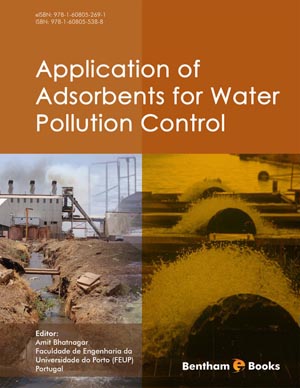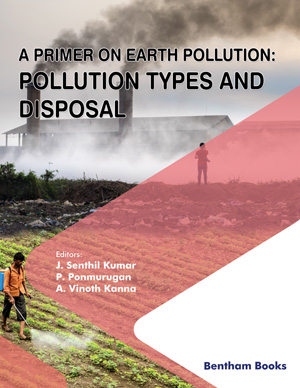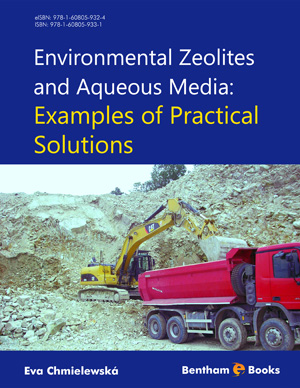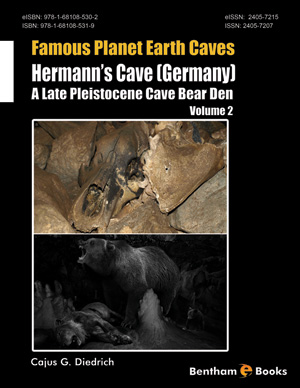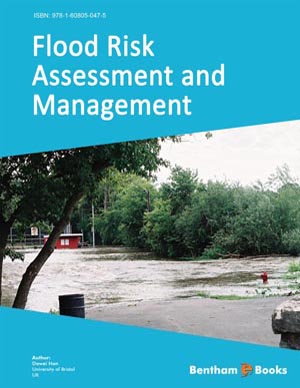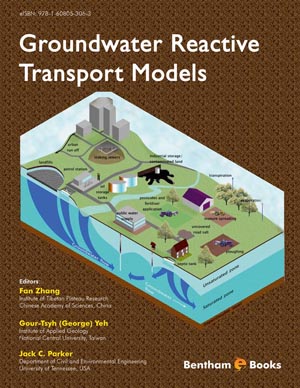Abstract
Victorian lignite, a cheap natural energy resource from southeast Australia, has previously shown very high adsorption capacity for cationic methylene blue dye in aqueous solutions without the need of any pretreatment. The kinetics of the adsorption process was examined using both pseudo first order and pseudo second order models. By combining the results of linear and non-linear regression, it was concluded that the pseudo second order model predicted the chemisorption process of methylene blue the best, while a general first order model by Annadurai and Krishnan fitted the experimental data well, except for the initial stage. Further analysis of the adsorption mechanisms suggested that the external film diffusion was the rate-controlling step only at the initial stage of the adsorption. As the initial dye concentration increased, the length of this stage was reduced. After 6 to 40 minutes, depending on the initial dye concentration, mass transfer by intraparticle diffusion became the limiting mechanism before reaching equilibrium.
Keywords: Lignite, methylene blue dye, Adsorption, Adsorption capacity, Adsorption kinetics, Chemisorption, Linear/Non-linear regression analysis, Adsorption mechanism, External diffusion model, Intraparticle diffusion model, pseudo first order, pseudo second order, Annadurai and Krishnan first order.


